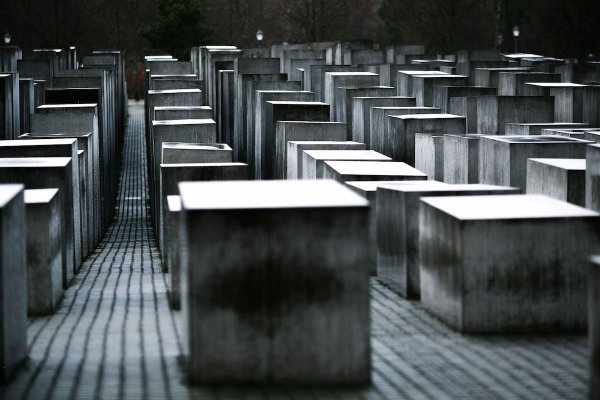27 January 2021 marks the 76th anniversary of the end of Auschwitz-Birkenau Nazi German Concentration and Extermination Camp in 1945. In 2005, the International Day of Remembrance of the Victims of the Holocaust was formally declared by the General Assembly of the United Nations.
The State of Israel’s effort was Resolution 60/7 and the World Holocaust Day. State of Israel Minister of Foreign Affairs Silvan Shalom was representative of Israel’s UN delegation.
The fundamentals of the text are its two-fold approach: one concerned with the past, recollection, and schooling of the future generations of those who were slaughtered during the Holocaust.
The Holocaust greatly influenced Nazi crimes nations, but it had universal implications in many other parts of the world. Seven decades after the genocide, Individual Countries share a common obligation to cope with remaining suffering, sustain efficient remembrance policies, provide protection for historic sites and encourage education, recording, and research. This includes teaching the roots, implications, and complexities of certain crimes so that young people are more immune to hate ideologies.
In the U.S. and other nations, monuments stand as persistent reminders of the horror of the Holocaust and the importance of braving the evils that brought it about.
In Austria, commemorations of the Day of Remembrance have been held at the Heldenplatz in Vienna since 2012.
Remembering Holocaust
Complete lack of humanity was exhibited throughout the events that took place in the holocaust, it is difficult to fathom what could have transpired in the minds of those involved to commit such heinous acts against humanity.
Nazi Germany used heart chilling terms to denote human beings whose lives they considered meaningless or who needed to be killed outright: Lebensunwertes Leben, or “life unworthy of life”.
It is hard to comprehend that ordinary individuals could be programmed to go about the task of slaughtering a significant human population like it was any other day job.
Even before the rise of Hitler, Anti Semitic convictions were prevalent in European societies. Propaganda campaigns sponsored by the church where priests depicted Jews as God Killers, unfortunately, did a spectacular job of taking these already ridiculous ideologies even further.
The Nazi policy consisted of mass murder of civilians, especially the Jews. Subsequently, after the war, this policy became the “final solution” of Hitler, a systematic Jewish genocide. It started with death squads in the East of Einsatzgruppen, which slaughtered about 1,000,000 civilians in various executions.
When the allies began discovering these concentration camps in 1945, they released what Hitler really had in mind: hundreds of thousands of dead and ill inmates trapped in. They discovered evidence of high capacity gas chambers, crematoria, thousands of mass graves, records of horrific medical research, etc.
More than 10 million civilians, including 6 million Jews, were murdered in this way by the Nazis.

After the 1943 Warsaw Ghetto Revolt, German troops interrogated Jews. In October 1940, the Germans started concentrating Poland’s population of over 3 million Jews in overcrowded ghettos. In the Warsaw Ghetto, thousands of Jewish people died of rampant sickness and famine.

A German soldier shot at a Ukrainian Jew in Vinnytsia, Ukraine, during a mass execution from 1941 to 1943

In the Warsaw Ghetto in 1943, a man carries the corpses of dead Jews where people died of malnutrition in the streets. About 4-5 am every morning, a dozen or so carts would collect dead bodies of Jews.

German in a service uniform fire at a Jewish woman after a mass execution in Mizocz, Ukraine. In October of 1942, the 1,700 people in the Mizocz ghetto fought against Ukrainian auxiliaries and German policemen who had planned to slaughter the entire population.
Also read:
WORLD DAY OF WAR ORPHANS
















